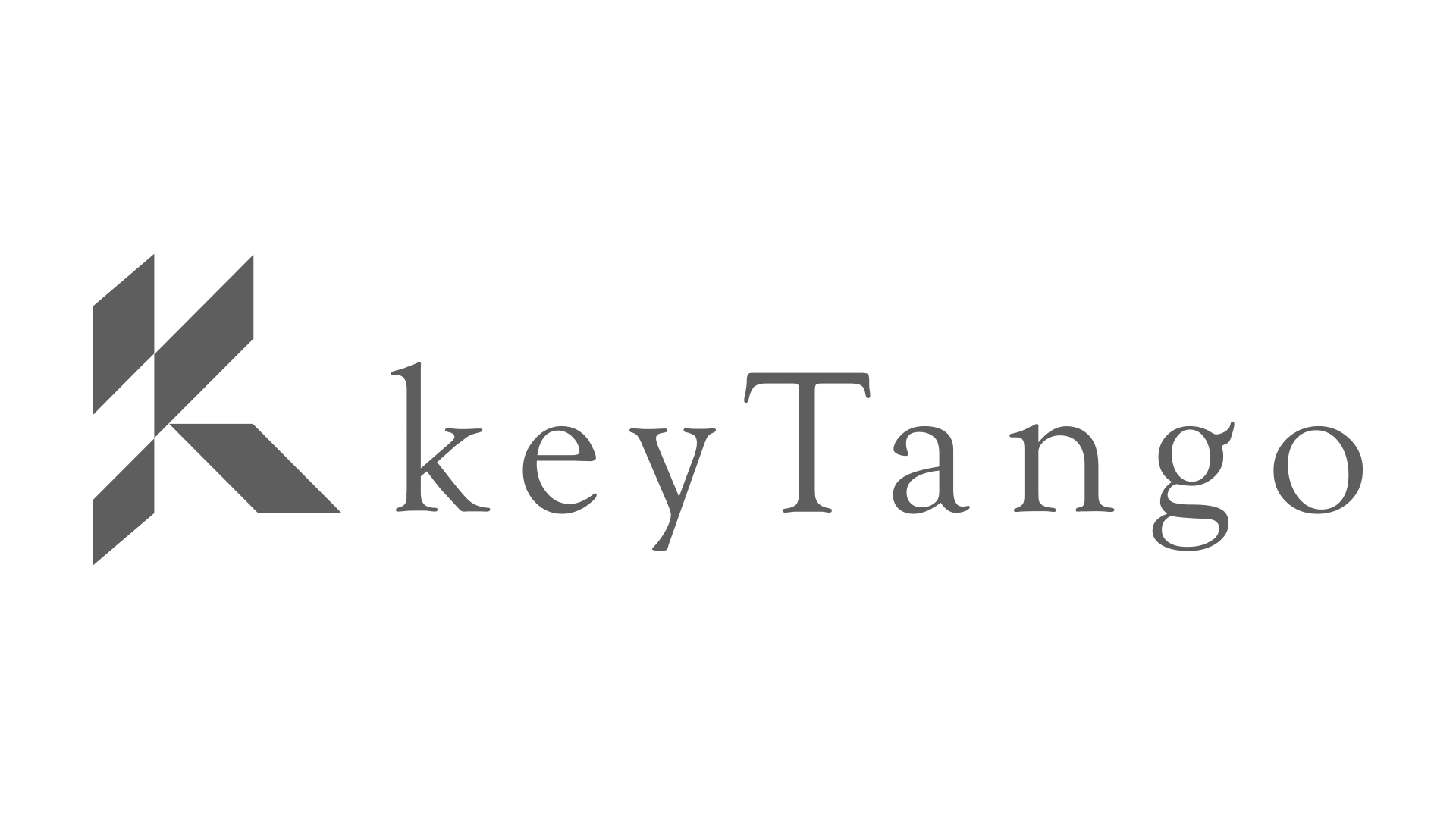Price Volatility Explained
Price Volatility is a simple concept that exists in and out of DeFi – it is a measurement of the variance in price that an asset experiences over time. Price volatility is typically quoted in daily weekly, monthly, or annual terms. In public equity markets, the VIX is a 30-day volatility index that tracks S&P 500 option price movements. The VIX has been dubbed the “Fear Index”, as higher volatility typically infers higher market risk and a heightened sense of overall stress in the market. Price volatility is a key consideration in lending agreements, both from a collateral standpoint and a borrowed coin standpoint. Loan-to-Value ratios – the amount of collateral necessary for a loan – are calculated based on the price volatility of the collateral. Similarly, the price volatility of a borrowed coin is a key consideration when developing a trading strategy and understanding the risk profile.









